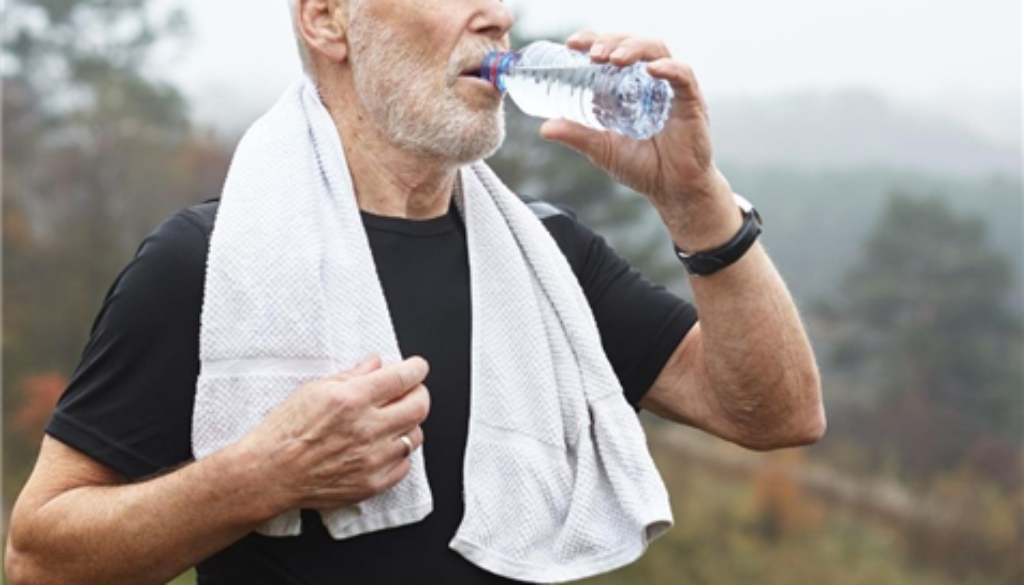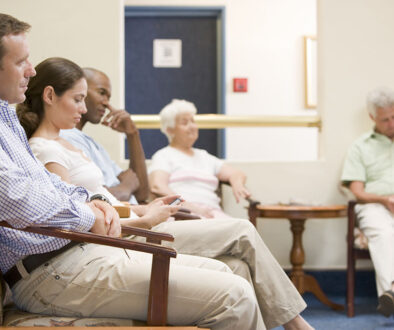Is It Safe to Exercise in Hot Weather? We Have the Answers
The steady humidity may be perfect for a trip to the beach, but for rigorous exercise? Not so much.
We support anyone who completes a daily workout as part of a healthy routine. However, with sweltering temperatures in Raleigh and throughout the Triangle area, you might be wondering, is it safe to exercise in hot weather?
The good news is you don’t have to give up the benefits of an exercise regimen. All you need to do is make some simple adjustments in order to remain safe.
When Exercising in the Heat, You Should Follow These Guidelines
DRINK PLENTY OF WATER
Let’s get the obvious out of the way first: hydrate, hydrate, hydrate. We can’t emphasize enough the importance of drinking plenty of water to help you remain safe. During the summer, your body loses a lot of fluids through sweat, and it’s important to replenish them.
Be aware that if you have a health condition like diabetes you may need to drink more water and take more frequent breaks.
TAKE TIME TO ADJUST TO THE HEAT
Of course, we realize this may depend upon where you are from—if you are a native of more humid areas like Florida or Mississippi, you might actually find North Carolina summers more tolerable!
However, if you’re used to working out indoors—or even jogging in the cooler spring temperatures—give yourself some time to get used to the seasonal heat.
Start slowly, and give yourself about two weeks for your body to completely adapt. Once it does, you can gradually return to your regular workout intensity.
IF YOU’RE NEW TO EXERCISE, DON’T PUSH YOURSELF
First, we applaud anyone who is taking an active role in their health. A big part of that is establishing a new exercise routine, so good for you!
However, remember that this is probably not the best time to push yourself when working out during intense heat. You should adjust when necessary. For example, instead of jogging, consider a brisk walk.
Not sure where to start? No worries. We’ll be glad to give you some pointers and establish an exercise routine for you.
EXERCISE DURING COOLER TIMES
The evenings and early mornings are much better options than the heat of the day. Take advantage of these times and avoid the midday sun. Overcast and cloudy days are other good options.
PAY ATTENTION TO HEAT ADVISORIES
We always support exercise, but there are times when outside exertion can be dangerous. We ask that you follow the advice of any weather heat advisories.
Don’t want to interrupt your routine? Try to work out indoors. If a gym is not available, there are plenty of exercise video sessions available online. Just be sure to stay within your ability and stretch to minimize the chances of injury.
UNDERSTAND ANY MEDICAL RISKS—AND ADJUST PLANS ACCORDINGLY
Certain diseases—like diabetes—or medications can make you more prone to heat-related illnesses like heat exhaustion and heat stroke (more on those later in this article).
Not sure if your condition places you at risk? That’s why we’re here. We have more than 45 years of experience in helping residents of Raleigh, Cary and the Triangle area live their healthiest lives.
Know the Dangers of Heat-Related Illnesses
Knowing the symptoms of heat exhaustion and heat stroke can save your life—or the life of someone you love.
We’ll review some of the most common heat-related illnesses, their symptoms, and what to do if you experience them.
HEAT CRAMPS
These are common, yet painful, contractions that are also called exercise-associated muscle cramps. This can occur when working out in the heat even though your body temperature may be normal.
Solution? Take a break and gently stretch or massage the muscles.
HEAT SYNCOPE
This is another word for fainting or exercise-associated collapse. It can also occur if you stand too quickly after sitting for a long period of time.
Symptoms include:
- Feeling lightheaded
- Dizziness
- Fainting
If you feel faint when exercising, take a water break, and seek a cooler location.
Beware the Dangers of Heat Exhaustion and Heat Stroke
These two terms are often used interchangeably, but they are very different conditions. These are potentially dangerous illnesses that require immediate attention.
The body cools itself by sweating. The sweat evaporates off the skin, which helps regulate body temperature. However, during humid weather, the sweat doesn’t evaporate easily. As a result, the body temperature rises.
WHAT IS HEAT EXHAUSTION?
Heat exhaustion occurs when the body can’t cool itself. As a result, your core temperature can rise to as much as 104 degrees Fahrenheit.
Symptoms of heat exhaustion include:
- Vomiting
- Nausea
- Headache
- Fainting
- Weakness
- Sweating
- Cold, clammy skin
If not treated immediately, heat exhaustion can lead to heat stroke
WHAT IS HEAT STROKE?
We’ll be blunt: heat stroke can kill you.
When your body can’t cool itself and your internal temperature goes above 104 degrees Fahrenheit, you have a life-threatening condition. It needs to be treated immediately.
Signs of heatstroke include:
- Confusion
- Irritability
- Headache
- Dizziness
- Fainting
- Vision problems
- Issues with heart rhythm
- Fatigue
Without immediate medical attention, heat stroke can cause brain damage or organ failure.
What to Do in Case of a Heat-Related Emergency
Suppose you’re with someone who develops these symptoms. What would you do?
The first priority is to lower the body temperature. You can do this by providing hydration or moving to a cooler area. A cold water bath is the most effective way of lowering body temperature. Call for immediate medical help.
If you are experiencing these symptoms, find someone to stay with you. This is very important because confusion is one of the main symptoms of heat stroke. Make sure they assist you in getting medical attention.
Raleigh Medical Group Has Been Serving the Community for More than 45 Years
Excellence. Compassion. Dedication.
We realize that those are mere words. Anyone can say that they are dedicated to your health.
However, at Raleigh Medical Group, we live out this promise. For more than four decades, we’ve consistently demonstrated our dedication to the community, whether helping patients manage diabetes or offering comprehensive wellness exams.
We are open and are seeing patients. Contact us for more information or to schedule an appointment.




